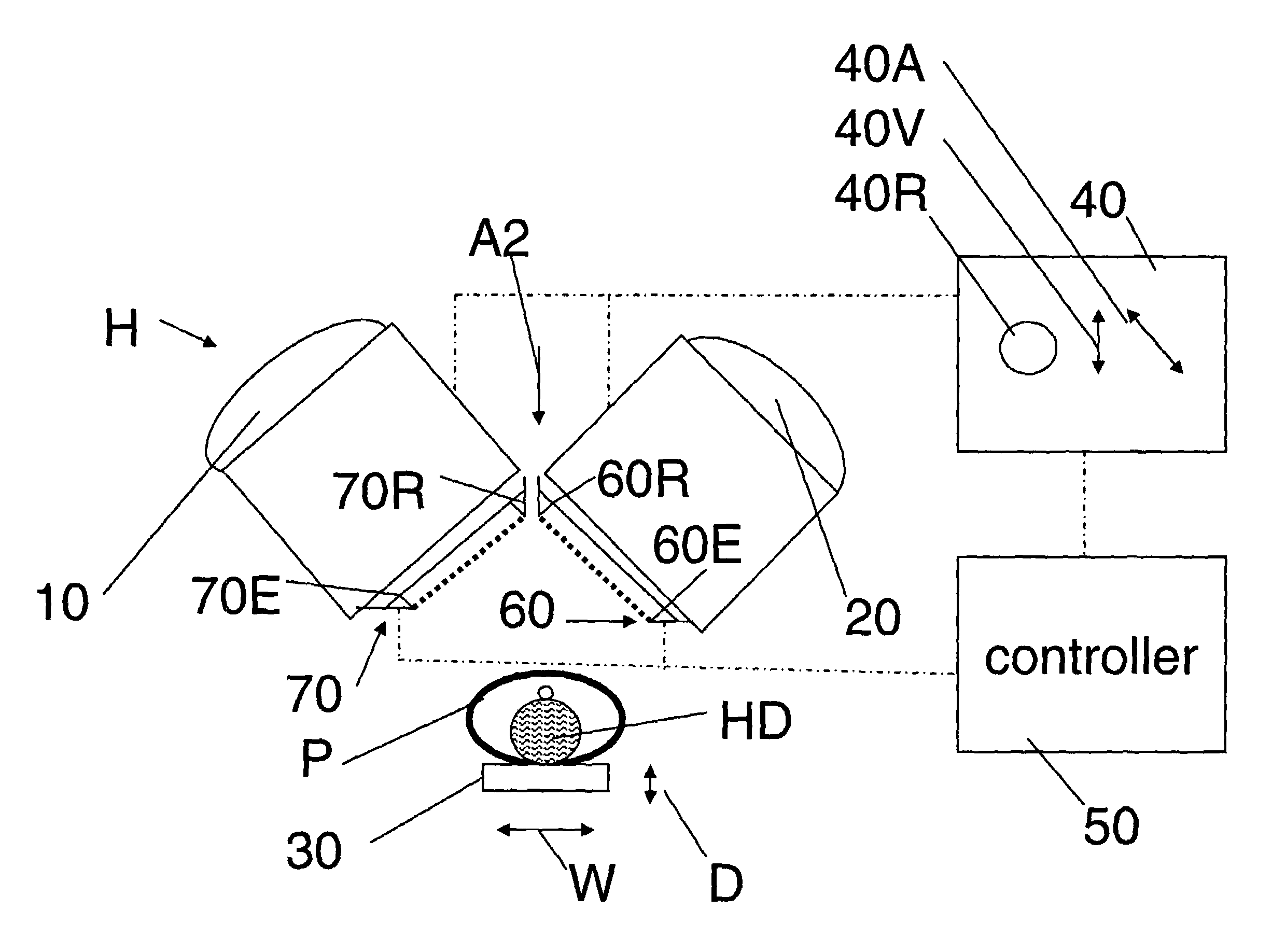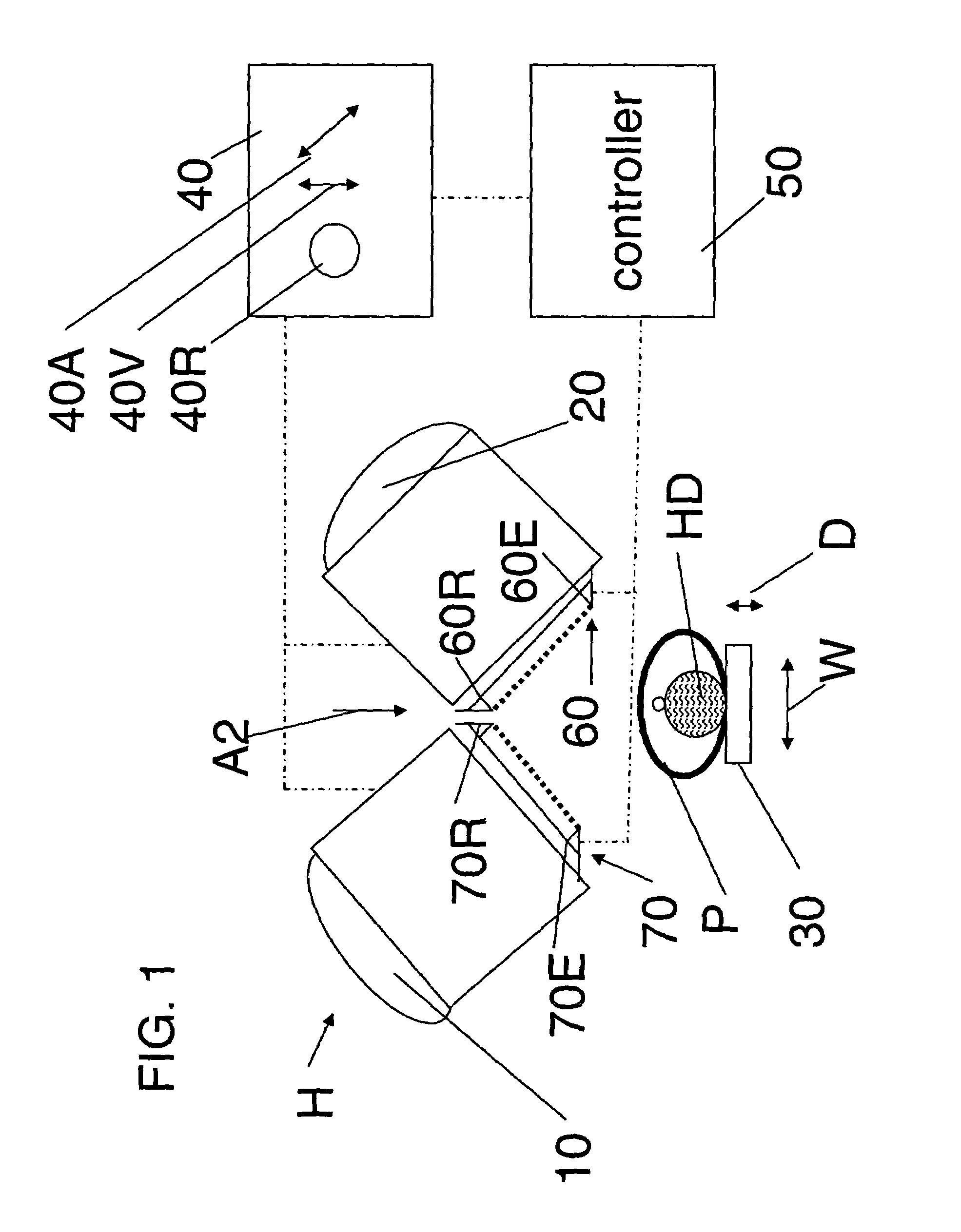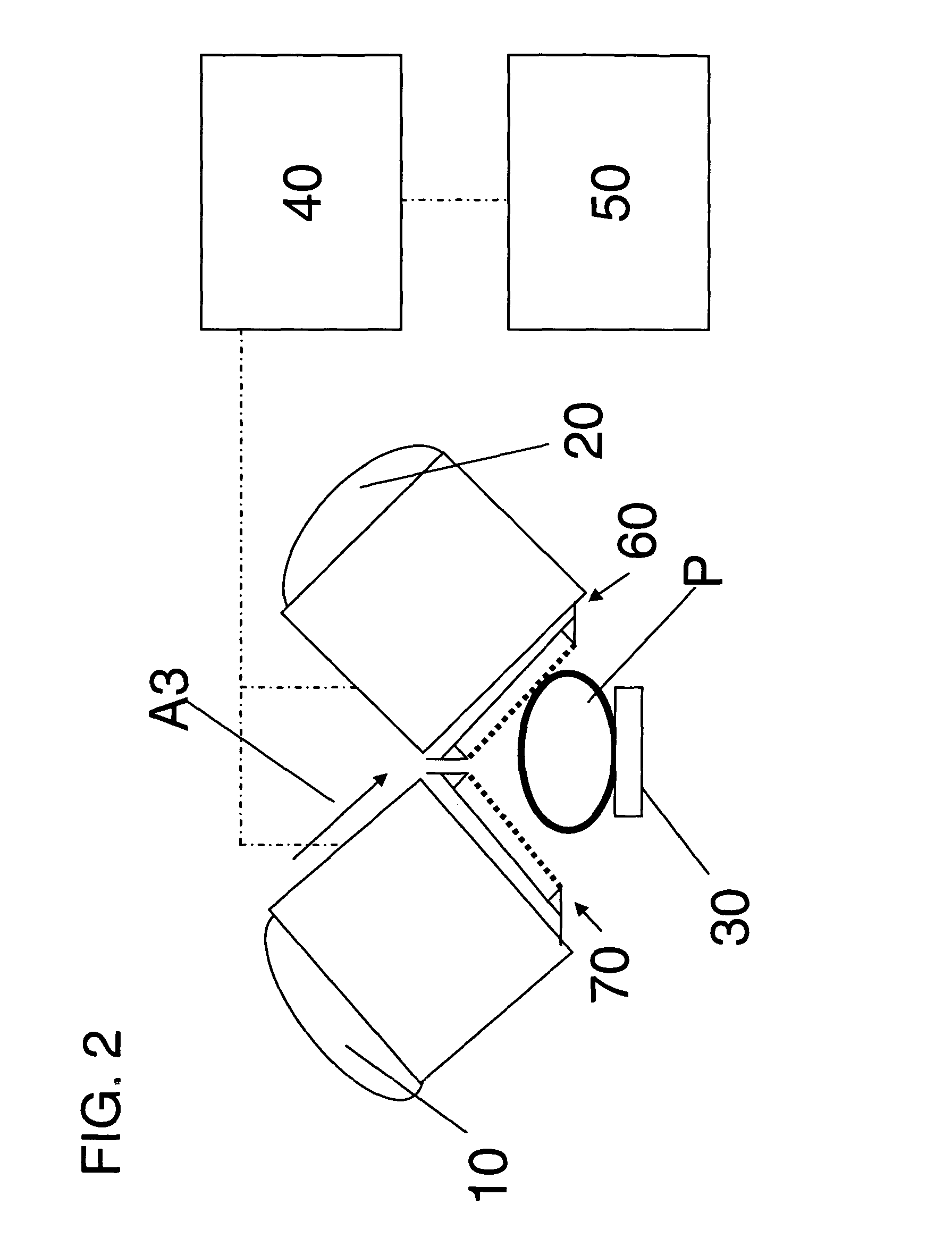Non-circular-orbit detection method and apparatus
a non-circular orbit and detection method technology, applied in calibration apparatuses, instruments, tomography, etc., can solve the problems of large probability of error, sharp changes in resolution during operation, and time required to move the detector to the standard position
- Summary
- Abstract
- Description
- Claims
- Application Information
AI Technical Summary
Benefits of technology
Problems solved by technology
Method used
Image
Examples
Embodiment Construction
[0027]While the present invention may be embodied in many different forms, a number of illustrative embodiments are described herein with the understanding that the present disclosure is to be considered as providing examples of the principles of the invention and such examples are not intended to limit the invention to preferred embodiments described herein and / or illustrated herein.
[0028]In some preferred embodiments of the invention, the system can achieve advantages beyond prior methods while avoiding disadvantages therein. The preferred embodiments of the invention can be employed in a variety of environments and can, e.g., be used in whole body, cardiac and / or general SPECT studies and / or can be useful in, e.g., various general purpose, cardiology, oncology and / or neurology studies.
[0029]With reference to FIG. 1, some illustrative embodiments of the invention include: a first detector element 10; a second detector element 20; a support 30 upon which a patient P can rest; a car...
PUM
 Login to View More
Login to View More Abstract
Description
Claims
Application Information
 Login to View More
Login to View More - R&D
- Intellectual Property
- Life Sciences
- Materials
- Tech Scout
- Unparalleled Data Quality
- Higher Quality Content
- 60% Fewer Hallucinations
Browse by: Latest US Patents, China's latest patents, Technical Efficacy Thesaurus, Application Domain, Technology Topic, Popular Technical Reports.
© 2025 PatSnap. All rights reserved.Legal|Privacy policy|Modern Slavery Act Transparency Statement|Sitemap|About US| Contact US: help@patsnap.com



